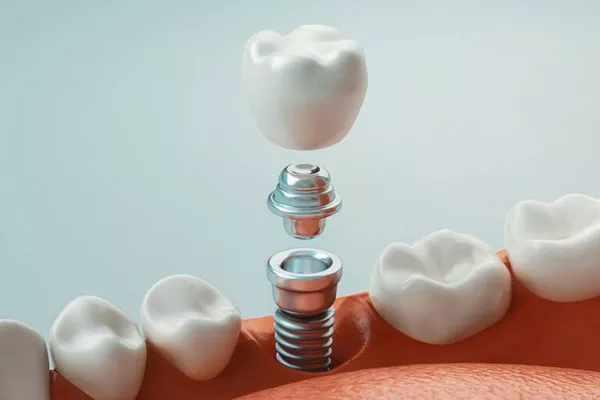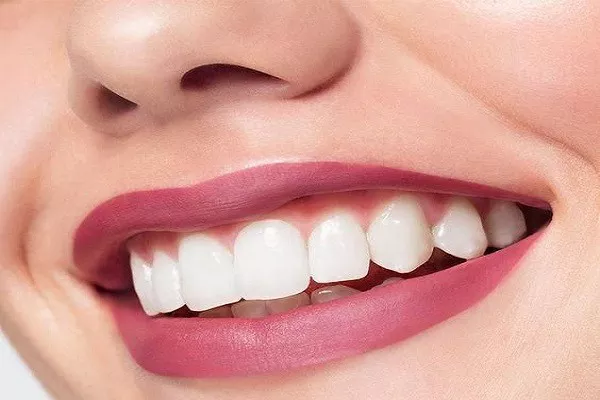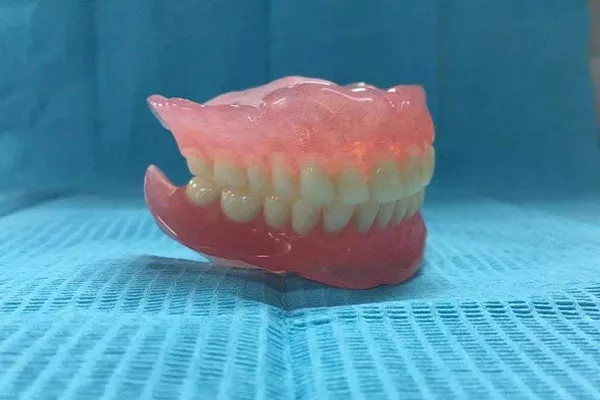Metal fillings, also known as amalgam fillings, have been used for over 150 years to treat cavities and restore damaged teeth. They are made of a mixture of metals, including silver, tin, copper, and mercury. While metal fillings are durable and long-lasting, they do have a lifespan and may need to be replaced over time.
So, how long do metal fillings last? The lifespan of a metal filling can vary depending on several factors, including the size of the filling, the location in the mouth, and the individual’s oral hygiene habits. On average, metal fillings can last anywhere from 10 to 15 years before needing to be replaced.
Factors Affecting the Lifespan of Metal Fillings
1.Size of the Filling: The larger the filling, the more stress and pressure it will endure when biting and chewing, leading to wear and tear over time.
2.Location in the Mouth: Metal fillings in the back teeth, which endure more pressure and stress than front teeth, may wear out faster.
3.Oral Hygiene Habits: Poor oral hygiene habits, such as infrequent brushing and flossing, can increase the risk of decay and cause the filling to fail prematurely.
4.Grinding and Clenching: Grinding and clenching of the teeth can cause excessive wear on metal fillings, leading to cracking, chipping, or falling out.
When to Replace Metal Fillings
It is important to have regular dental check-ups to monitor the condition of your fillings and determine when they need to be replaced. Here are some signs that indicate it may be time to replace a metal filling:
1.Visible Cracks or Damage: If the filling appears cracked, chipped, or damaged, it may need to be replaced to prevent further decay or damage.
2.Pain or Sensitivity: Pain or sensitivity around the filling may indicate that the filling has failed or decay has developed underneath it.
3.Discoloration: Discoloration around the filling may indicate decay or leakage around the edges of the filling.
4.Wear and Tear: Over time, metal fillings may wear down and become less effective at protecting the tooth from decay.
Conclusion
Metal fillings are a durable and long-lasting option for restoring decayed or damaged teeth. While they can last up to 15 years or more, their lifespan depends on several factors, including the size of the filling, the location in the mouth, and oral hygiene habits. Regular dental check-ups can help monitor the condition of metal fillings and determine when they need to be replaced. If you are experiencing any signs of damage or decay around your metal filling, contact your dentist for an evaluation.
































